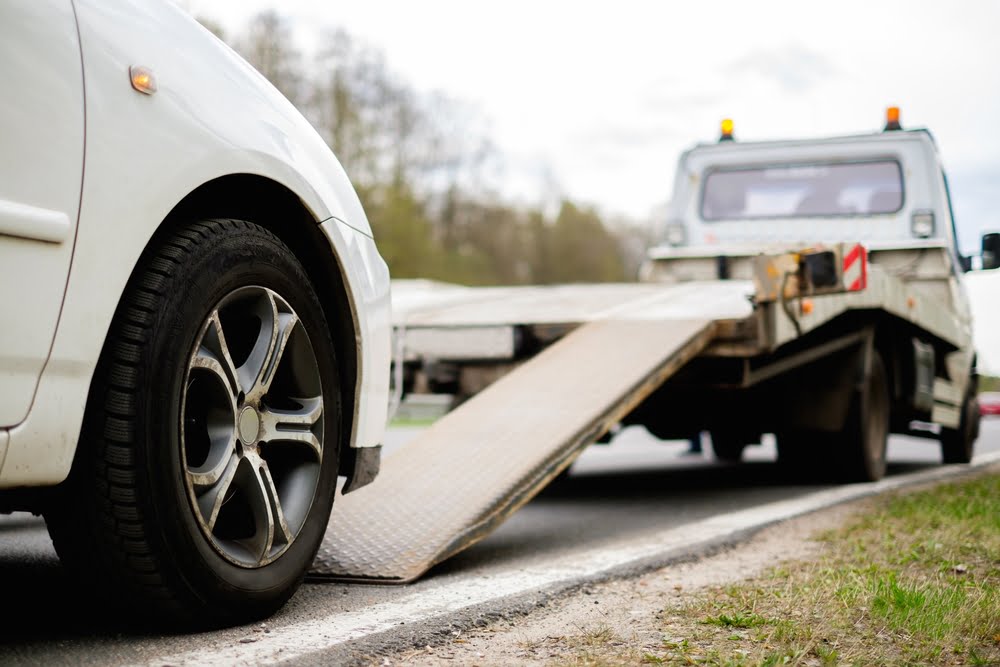Repo cars, or repossessed vehicles, are cars that have been taken back by lenders due to non-payment by the owner. Sometimes, individuals may attempt to hide these vehicles to avoid repossession. If you suspect that a car is being hidden to prevent repossession, reporting it can be crucial. This article will guide you through the steps to report a hidden repo car, ensuring you follow the correct procedures and understand your rights.
Understanding Repo Cars
A repo car is a vehicle repossessed by the lender when the borrower defaults on the loan payments. The lender has the legal right to take back the car if the owner fails to meet the terms of the loan agreement.
Key Points:
Repossession Process:
The lender typically has the right to repossess the car without prior notice if the borrower defaults.
Legal Grounds:
The lender must follow state laws and regulations when repossessing a vehicle.
Avoiding Repossession:
Some car owners may attempt to hide the vehicle to avoid repossession, leading to legal complications.
Signs That a Car May Be Hidden to Avoid Repossession
Identifying a hidden repo car can be challenging, but certain signs can indicate that a vehicle is being concealed to avoid repossession.
Common Indicators:
Frequent Relocation:
The vehicle is often moved to different locations to avoid detection.
Hidden in Private Property:
The car is stored in a garage, backyard, or other concealed area.
Changed Appearance:
The car’s appearance may be altered, such as changing the color or removing license plates.
False Information:
The owner may provide false information about the vehicle’s whereabouts.
Legal Implications of Hiding a Repo Car
Hiding a repo car is illegal and can result in severe consequences for the vehicle owner. Understanding the legal implications can help you comprehend the seriousness of the situation.
Consequences of Hiding a Repo Car:
Criminal Charges:
Hiding a vehicle to avoid repossession is considered fraud and can lead to criminal charges.
Additional Costs:
The owner may be responsible for additional fees, including the cost of locating the vehicle.
Credit Impact:
The owner’s credit score will be negatively affected, making it difficult to obtain future loans.
Steps to Report a Hidden Repo Car
If you suspect that a vehicle is being hidden to avoid repossession, you can take the following steps to report it. Proper reporting can help the lender recover the vehicle and ensure that legal actions are taken.
Gather Information
Before reporting, collect as much information as possible about the vehicle and its owner. This may include:
Vehicle Identification Number (VIN):
The unique identifier for the car.
License Plate Number:
The vehicle’s registration details.
Location Details:
The current or frequent locations where the car is hidden.
Owner Information:
The name, contact details, and any known aliases of the owner.
Contact the Lender
Reach out to the lender or the repo company responsible for the repossession. Provide them with the gathered information and express your concerns.
Report to Local Authorities
In some cases, you may need to report the hidden vehicle to local law enforcement, especially if you suspect criminal activity. The police may assist in locating the car and taking appropriate legal action.
Use Online Reporting Tools
Some lenders offer online reporting tools where you can anonymously report a hidden repo car. These tools allow you to submit details without revealing your identity.
Follow Up
After reporting, follow up with the lender or authorities to ensure that the issue is being addressed. This can help expedite the repossession process.
Table: Key Steps to Report a Hidden Repo Car
| Step | Action |
|---|---|
| Gather Information | Collect VIN, license plate, location, and owner details. |
| Contact the Lender | Reach out to the lender or repo company with the information. |
| Report to Authorities | Inform local law enforcement if criminal activity is suspected. |
| Use Online Tools | Utilize online reporting platforms for anonymous reporting. |
| Follow Up | Check in with the lender or authorities for updates. |
What Happens After You Report a Hidden Repo Car?
Once you report a hidden repo car, the lender will take steps to locate and repossess the vehicle. Here’s what typically happens after a report is filed:
Lender’s Investigation:
Verification: The lender will verify the information provided and assess the likelihood that the vehicle is being hidden.
Repo Team Assignment:
A team may be assigned to locate the car, often involving a private investigator or a repo agency.
Repossessing the Vehicle:

Legal Actions:
The lender may obtain a court order to repossess the vehicle if it is on private property.
Vehicle Recovery:
Once located, the repo team will repossess the car, following legal protocols.
Owner’s Consequences:
Additional Penalties:
The owner may face additional charges and legal action for attempting to hide the car.
Credit Impact:
The repossession will appear on the owner’s credit report, further damaging their credit score.
Importance of Reporting Hidden Repo Cars
Reporting a hidden repo car is crucial for several reasons. It ensures that the lender can recover the vehicle, preventing further financial loss. It also upholds the law, discouraging unethical behavior by vehicle owners.
Hiding a repo car is a serious offense with significant legal and financial repercussions. If you suspect a vehicle is being hidden to avoid repossession, it’s essential to take the appropriate steps to report it. By gathering information, contacting the lender, and potentially involving local authorities, you can help ensure that the vehicle is repossessed legally and promptly.




